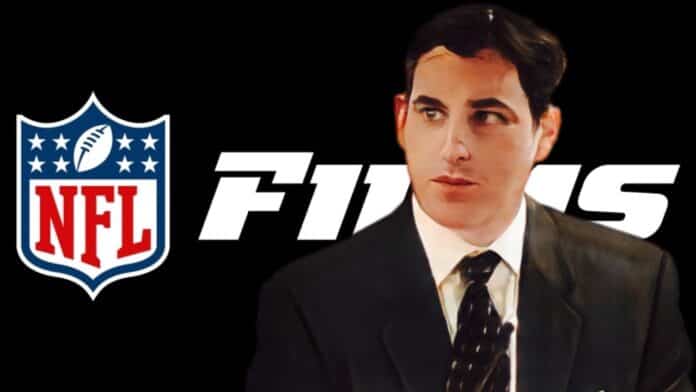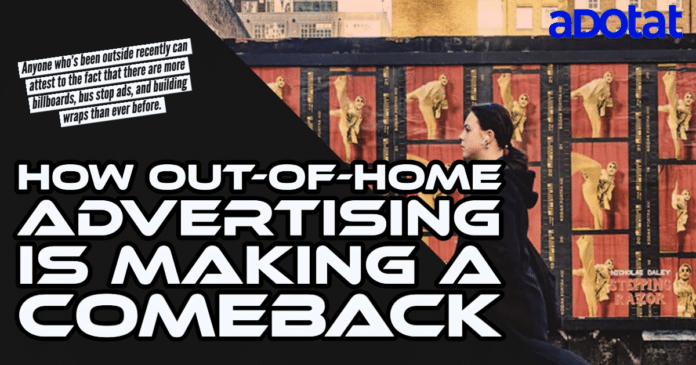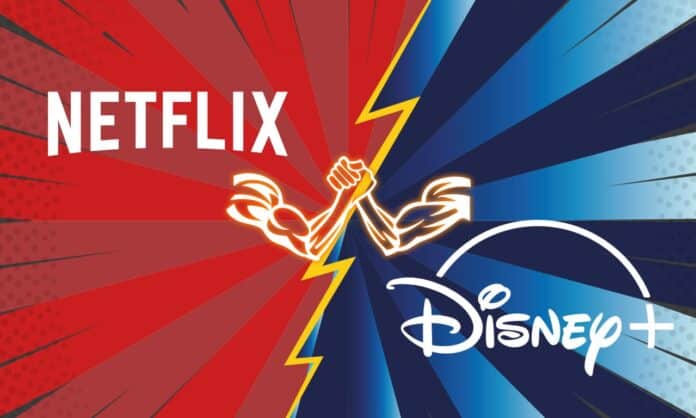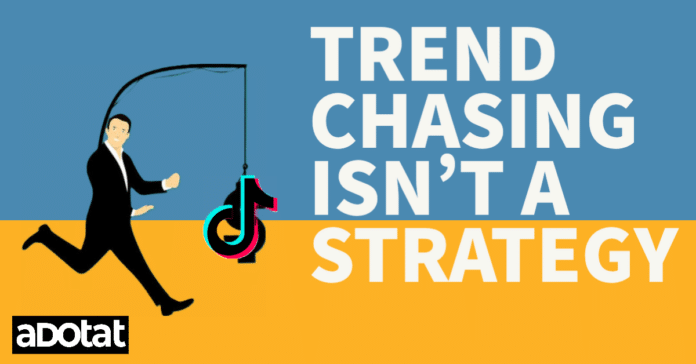New Jersey-based NFL Films is known for its award-winning documentaries and motion pictures about the National Football League. Now, they’re setting their sights on Hollywood. Under the leadership of CEO Steve Ketover, NFL Films is looking to partner with Hollywood studios to produce feature films and TV shows based on the stories of the NFL, its players, and its fans according to Insider.com
It’s an interesting approach, and one that could pay off big for the NFL if they can find the right partners. After all, there are plenty of stories to be told about the league and its players
NFL Films is eyeing a brand expansion that will see it move into theatrical development, tie-ins with game shows and cooking shows, and its bread-and-butter unscripted business.
Ross Ketover, senior executive at NFL Films, told Insider.com that the league sees a lot of potential in Hollywood. “We have a sport that is most akin to Hollywood,” Ketover said. “We can help find those stories and help them get made, whether it’s streaming series, television or feature movies.”
It’s an ambitious plan, but if anyone can pull it off, it’s probably Ross Ketover. After all, this is the guy who brought us such classics as “Hard Knocks” and “A Football Life.” He’s also the guy responsible for that infamous scene in “Varsity Blues” where James Van Der Beek says “I don’t want your life!” So, if anyone knows how to make compelling content, it’s Ross Ketover.
The Process
Ketover says that the process they are in now is finding partners who see the creative world in a similar way that they do at NFL Films and who want to tell similar stories. It’s an interesting approach and one that could pay off big for the NFL if they can find the right partners. After all, there are plenty of stories to be told about the league and its players.
The league is looking to expand its reach by producing shows for networks that it has never been on before. One of those networks just happens to be the Food Network.
When asked why the NFL would want to produce a show for the Food Network, Ketover had this to say: “There are a lot of great stories to tell, not just unscripted but scripted. And we’ve never been on the Food Network before. So we’re looking to do new things in new places.”
One thing is for sure: if anyone can make this happen, Ross Ketover can. He’s a proven content creator with a track record of success. So, if you’re looking for someone to keep an eye on in Hollywood, keep your eye on Ross Ketover and NFL Films. They just might be the next big thing.





















